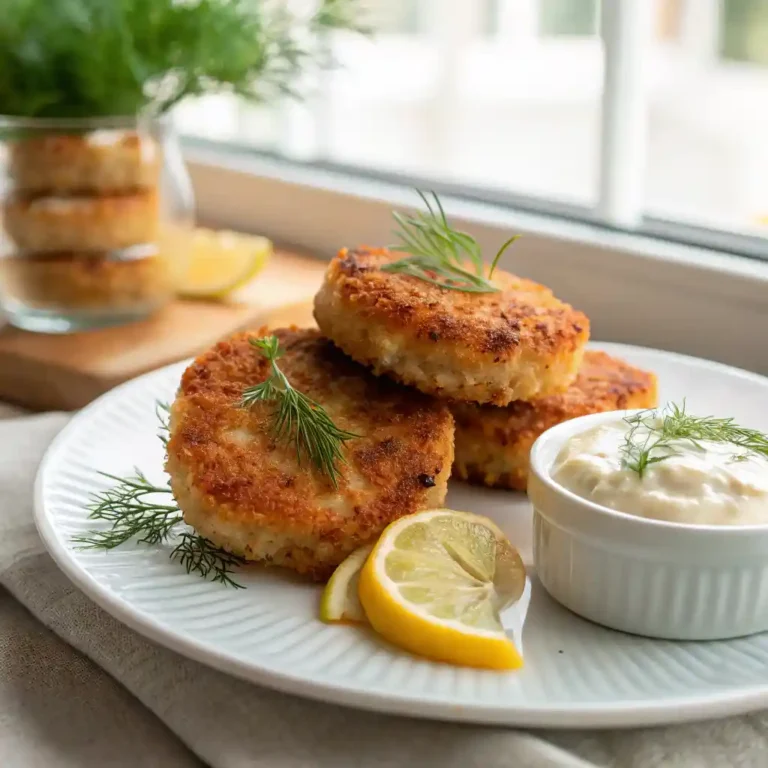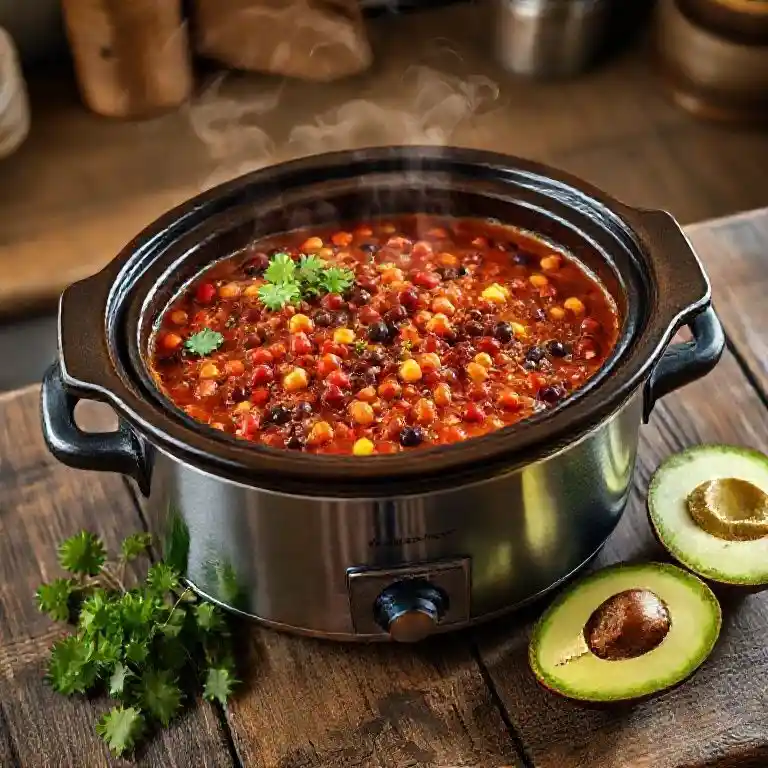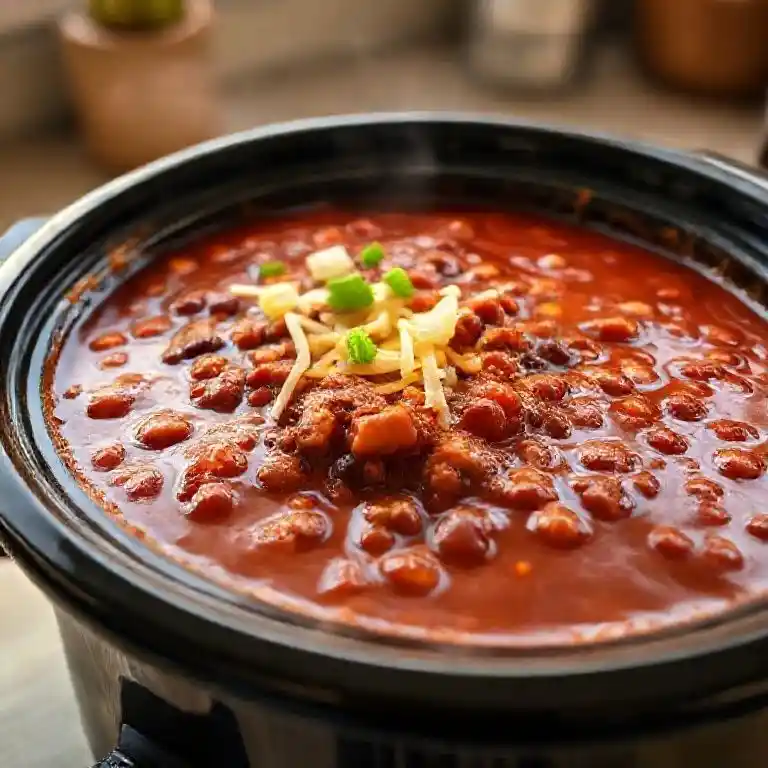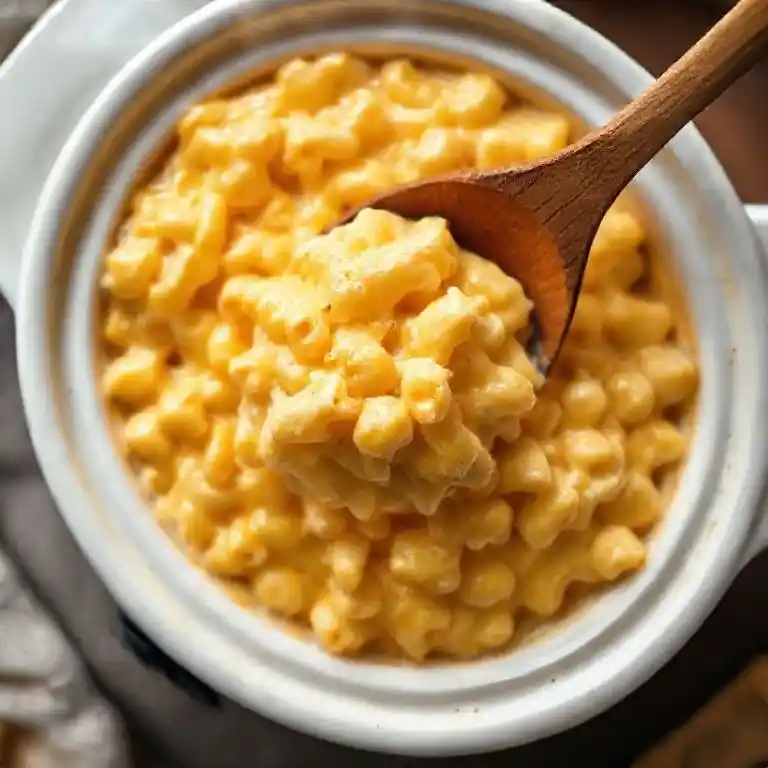Last Updated on November 2, 2025 by Sophy
What Are Salmon Cakes (and Why You’ll Love This Recipe)
Salmon Cake Recipe—also known as salmon patties or croquettes—are little golden discs of seafood perfection. These savory delights are made by combining flaked salmon with breadcrumbs, eggs, herbs, and a few veggies or spices for a flavorful, satisfying bite. Whether you’re using leftover baked salmon from last night or a convenient can from your pantry, Salmon Cake Recipe are a versatile dish that can work as a main course, appetizer, or even a brunch star.
Their crispy exterior and soft, flavorful inside make them a family favorite. Think of them like crab cakes’ cousin—more affordable, easier to prepare, but still packed with a punch of flavor and texture. You can easily adjust this recipe to suit any occasion—whether you’re cooking for a gathering or just making a treat for yourself.
These golden goodies can be pan-fried, baked, or even air-fried. So, whether you’re trying to keep things light or going full-on indulgent with a drizzle of aioli on top, there’s a version of the salmon cake recipe that suits your taste buds.
Table of Contents

Why You’ll Love This Recipe
Here’s the deal—this salmon cake recipe is ridiculously simple and incredibly satisfying. You don’t need a culinary degree to whip these up, and you can customize them to match your cravings. Want them spicy? Toss in some jalapeños. Craving something tangy? A squeeze of lemon or dollop of Dijon mustard will do the trick.
These are some of the top reasons you’ll adore this recipe:
- Fast and simple: Prepped and baked in less than 30 minutes.
- Budget-friendly: Uses pantry staples and canned salmon.
- Kid-approved: Crunchy outside, soft inside—what’s not to love?
- Meal-prep friendly: Make a batch, freeze a batch.
- Flexible: Adapt the flavor, spices, and cooking method to fit your style.
You’re going to want to save this one—it’s the kind of recipe that turns into a go-to comfort food.
If you’re in the mood for dessert after enjoying this savory salmon cake recipe, don’t miss our delightful carrot bundt cake recipe—moist, spiced, and absolutely irresistible!
Choosing the Right Salmon
Fresh vs. Canned Salmon
You’ve got options when it comes to your salmon source. Canned salmon is incredibly handy, budget-friendly, and perfect for keeping in your pantry for quick meals. It’s already cooked, flaky, and comes in different styles—skinless, boneless, or traditional (with bones and skin, which are actually edible and packed with calcium!).
Fresh salmon, on the other hand, brings a cleaner, more delicate flavor and texture. If you’re using fresh salmon, it needs to be cooked and flaked before mixing it into the cake batter. Leftover grilled, baked, or poached salmon works wonderfully.
Pros of Canned Salmon:
- No cooking required
- Long shelf life
- Budget-friendly
- Easy to work with
Pros of Fresh Salmon:
- Cleaner taste
- Control over seasoning and texture
- Lower sodium (compared to some canned options)
Whether you go with canned or fresh, just make sure the salmon is well-drained and flaked before mixing it into your batter. That’ll help your salmon cakes hold together better and cook evenly.
How to Prepare Salmon for Cakes
If you’re going the fresh route, here’s how to get your salmon ready:
- Cook it thoroughly: Bake, grill, or poach your salmon until it’s cooked through and flakes easily with a fork.
- Cool slightly: Let it rest so you don’t burn your fingers or scramble the eggs in your batter.
- Flake with a fork: Remove the skin if you prefer, then break the meat into small chunks. Don’t over-flake; some texture is good.
- Check for bones: Especially with canned salmon, run your fingers through the mix to ensure no hard bits remain.
This step is where the magic begins—it sets the stage for a rich, flaky interior that contrasts perfectly with that golden crust.
Ingredients You’ll Need
Core Ingredients
You’ll love how simple this ingredients list is—most of these items are probably already in your kitchen:
- Salmon (canned or cooked fresh) – 14-16 oz.
- 1 large egg – helps bind the ingredients together
- Breadcrumbs – ½ cup (adds structure)
- Onion – ¼ cup, finely chopped
- Garlic – 1-2 cloves, minced
- Fresh parsley – 2 tablespoons, chopped
- Lemon juice – 1 tablespoon
- Dijon mustard – 1 teaspoon
- Salt & pepper – to taste
- Olive oil or butter – for frying
Optional Add-ins for Extra Flavor
Want to level up your Salmon Cake recipe? Try tossing in:
- Old Bay seasoning – classic seafood flavor
- Capers – for a salty, briny kick
- Chopped red bell pepper – brings a hint of sweetness and a satisfying crunch.
- Chopped dill or chives – fresh herbaceous notes
- Worcestershire sauce – depth of flavor
- Hot sauce – for heat lovers
The beauty of salmon cakes is that they’re endlessly customizable. Just be mindful of moisture—too many wet ingredients can make the mixture fall apart.

Tools and Equipment Required
Basic Kitchen Tools for Salmon Cake recipe
You won’t need any special equipment to make this recipe. A few essential tools will do the job:
- Mixing bowls (medium and large)
- Fork (for flaking the salmon)
- Knife and cutting board
- Measuring spoons and cups
- Frying pan or skillet
- Spatula
Handy Tools That Make a Difference
These tools aren’t required, but they can definitely make your cooking smoother:
- Fish spatula – thinner and more flexible, perfect for flipping without breaking
- Food processor – for a more uniform texture if you’re adding lots of veggies
- Ice cream scoop – helps shape uniform cakes
- Air fryer – for a healthier, hands-off option
Alright, now that your kitchen’s ready, let’s dive into how to make these bad boys.
Step-by-Step Salmon Cake Recipe
Step 1: Prepping Your Ingredients
Before you do anything else, prep all your ingredients and have them ready. It makes the whole process smoother and keeps the mess to a minimum.
- Drain your canned salmon and flake it into a mixing bowl.
- Chop your onions, garlic, parsley, and any other fresh herbs or veggies.
- Break the egg into a separate bowl and beat it with a whisk.
- Measure out your breadcrumbs and seasonings.
Having everything laid out will save you from scrambling mid-recipe.
Step 2: Mixing the Salmon Cake Recipe Batter
Once everything is prepped and ready, it’s time to bring all the ingredients together. This step is where the flavor builds and the texture comes to life. Grab your main mixing bowl with the flaked salmon, and let’s start combining.
Start by adding the finely chopped onion, minced garlic, and herbs like parsley or dill to the bowl with the salmon. These aromatic elements infuse the cakes with a fresh, savory base. Next, toss in your breadcrumbs—these will help absorb excess moisture and create a firm texture.
Now, pour in the whisked egg. This is your binder, the glue that keeps everything together. Add the Dijon mustard, lemon juice, salt, pepper, and any additional seasonings or sauces you’re using (like hot sauce or Worcestershire).
Mix everything thoroughly but gently. You want the ingredients to be well incorporated without turning the mix into mush. The goal is to have a cohesive mixture that still has some texture—chunks of salmon are a good thing!
Pro tip: If the mixture feels too wet and won’t hold its shape, add more breadcrumbs a tablespoon at a time. If the mixture seems dry or crumbly, add a splash of milk or an extra bit of egg to help bring it together.
Let the mixture sit for about 5-10 minutes before shaping. This resting period allows the breadcrumbs to absorb moisture and makes it easier to form sturdy cakes.
Step 3: Shaping and Cooking the Cakes
With your salmon mixture all set, it’s time to shape those cakes and cook them to golden, crispy perfection.
Scoop out the mixture using your hands or an ice cream scoop to portion it evenly. Aim for cakes that are about 2½ to 3 inches wide and about ½ to 1 inch thick. Gently press the mix together into patties—don’t overpack them, or they’ll be too dense.
After shaping all your salmon cakes, you’re ready to move on to the cooking stage:
Pan-Frying Method (Recommended for Crispiness)
- Heat about 2-3 tablespoons of olive oil or butter in a skillet over medium heat.
- Once the oil is hot, gently place the salmon cakes into the pan.
- Let them cook for around 3 to 4 minutes per side, or until they develop a crisp, golden-brown crust. Be sure not to crowd the pan—cook in batches if necessary.
- After cooking, move the cakes to a plate lined with paper towels to soak up any excess oil.
Baking Option (Healthier Alternative) Salmon Cake recipe
- Preheat your oven to 400°F (200°C).
- Arrange the patties on a baking sheet lined with parchment paper, then give them a light mist of cooking spray.
- Bake for 15-20 minutes, flipping halfway through for even browning.
Air Fryer Option (Crispy & Oil-Free)
- Preheat air fryer to 375°F (190°C).
- Give both sides of the cakes a light mist of oil.
- Air fry for 10-12 minutes, flipping once.
Whichever method you choose, the key is getting that beautiful golden crust while keeping the inside moist and flavorful.
Tips for Making Perfect, Crispy Salmon Cakes Every Time
Binding Agents: The Secret to Holding It Together
One of the biggest issues people run into when making Salmon Cake Recipe is that they fall apart in the pan. Nobody wants a pile of crumbs when they were expecting a golden cake! The key to avoiding this? Binding agents.
Here’s what helps hold your cakes together:
- Eggs: The classic binder. One egg per 14–16 oz of salmon is usually perfect.
- Breadcrumbs: They absorb moisture and give the cakes structure.
- Mashed potatoes or cooked quinoa: Great gluten-free alternatives that also help bind.
- Mayonnaise or mustard: Adds creaminess and helps everything cling.
Mix thoroughly but gently. If the batter feels too loose or wet, add more breadcrumbs in small increments. If it feels too dry, a splash of milk or a dollop of mayo can bring it back.
How to Avoid Dry or Soggy Cakes
Getting the texture right is everything. No one wants a dry, mealy salmon cake—or worse, a soggy, oil-soaked one. Follow these tips to nail it every time:
- Drain the salmon well: Especially if using canned. Too much moisture = mushy cakes.
- Don’t overcook: Whether frying or baking, remove the cakes as soon as they’re golden. Overcooking dries them out.
- Preheat your oil or oven: Starting with hot oil or a preheated oven gives you that immediate sizzle and locks in the texture.
- Rest the mixture: Letting the mixture sit for 5-10 minutes before shaping helps the breadcrumbs absorb moisture and firm things up.
Still getting soggy cakes? Try placing them in the fridge for 30 minutes before cooking. Chilling helps firm up the mixture and results in better structure during frying or baking.

Serving Suggestions Salmon Cake recipe
Best Side Dishes for Salmon Cake Recipe
Salmon Cake Recipe are hearty, but they pair beautifully with a wide range of sides—especially ones that add freshness or a bit of crunch.
Here are a few top picks:
- Coleslaw: Creamy or vinegar-based, it adds a nice crunch and balance.
- Mixed greens or arugula salad: Light and fresh with a lemon vinaigrette.
- Sweet potato fries or roasted potatoes: Hearty and flavorful contrast.
- Steamed or roasted veggies: Think asparagus, green beans, or zucchini.
- Corn on the cob: A summer classic that always works.
You can also serve them on a bun, burger-style, with lettuce, tomato, and a dollop of sauce for a seafood twist on the classic sandwich.
Sauces and Dips That Pair Perfectly
Salmon Cake Recipe shine with the right dip or drizzle. Try these:
- Tartar sauce: Classic and creamy with pickles and herbs.
- Garlic aioli: Rich, garlicky, and perfect for dipping.
- Spicy sriracha mayo: For a kick of heat and creaminess.
- Yogurt dill sauce: Light and refreshing.
- Remoulade: Tangy and flavorful, especially great with a Cajun twist.
Set out a few different sauces if you’re serving a crowd—everyone loves options.
Storing and Reheating Salmon Cake recipe
How to Store Leftovers Properly
Made a big batch? No worries—Salmon Cake Recipe store like a dream. Proper storage is key to maintaining their texture and flavor, whether you’re saving a few for tomorrow’s lunch or planning ahead for busy weeknights.
Here’s how to store them right:
- Refrigerator: Place cooled Salmon Cake Recipe in an airtight container. Place parchment paper between layers if stacking to prevent sticking. They’ll remain fresh for up to three days.
- Freezer: Want to save them for later? Freeze cooked cakes on a baking sheet until firm (about 1-2 hours), then transfer to a zip-top freezer bag or airtight container. They can be stored for as long as 3 months.
Mark your containers with the date to help you keep track of freshness. Trust me, you’ll thank yourself later.
Best Methods for Reheating
You’ve got a few options when it comes to reheating Salmon Cake Recipe—just make sure you don’t dry them out.
Reheat from the fridge:
- Oven/Toaster Oven: Preheat to 350°F (175°C). Bake for 10-15 minutes until heated through. Best method for crisping them back up!
- Stovetop: Warm it in a nonstick skillet over medium heat with a small amount of oil or butter. Flip occasionally until warm.
- Microwave: Not recommended unless you’re in a rush—this method can make them soggy. If you do, cover loosely and microwave for 30–45 seconds.
Reheat from frozen:
- Oven: Bake at 375°F (190°C) for 20–25 minutes. No need to thaw first.
- Air Fryer: 375°F for 12–15 minutes, flipping halfway. Crispy magic.
Reheat only once to preserve the texture and flavor.
Variations and Twists on the Classic
Spicy Salmon Cake Recipe
If you’re the type who likes a little heat, you’re going to love spicy Salmon Cake Recipe. Adding a fiery twist gives them a flavor boost that pairs beautifully with cooling sauces like ranch or tzatziki.
Here’s how to spice them up:
- Add diced jalapeños or serrano peppers to the mix.
- Mix in 1–2 teaspoons of sriracha or hot sauce with the wet ingredients.
- Add a pinch of cayenne pepper or red pepper flakes for a gradual, warming heat.
- Pair with a zesty aioli or chipotle mayo to add an extra kick of flavor.
These are perfect for taco night too—just break up the cakes and stuff them in tortillas with slaw and crema.
Low-Carb or Keto-Friendly Options
Watching your carbs? No problem—Salmon Cake Recipe can still be part of your meal plan. With a few simple tweaks, you can keep things low-carb and keto-friendly without sacrificing flavor.
Here’s how:
- Swap out the breadcrumbs for almond flour, crushed pork rinds, or grated parmesan.
- Use full-fat Greek yogurt instead of mustard or mayo for creaminess.
- Skip any sugary sauces—go for garlic, lemon, herbs, and spices.
The result? A protein-packed, flavorful dish that fits perfectly into your macros. These low-carb versions are just as crispy and delicious—you won’t even miss the breadcrumbs.
Nutritional Value of Salmon Cake Recipe
Health Benefits of Salmon
Salmon isn’t just delicious—it’s a superfood. When you include it in your meals, especially in something like Salmon Cake Recipe , you’re getting a powerful nutrition punch.
Here are a few standout benefits:
- Packed with Omega-3 fatty acids, this supports heart health, enhances brain function, and helps reduce inflammation.
- High-quality protein: Builds muscle, supports recovery, and keeps you full.
- Packed with B vitamins: Essential for energy production and cell function.
- Rich in selenium, an antioxidant that aids in protecting cells from damage.
Even canned salmon retains most of these health perks. And if you use wild-caught salmon? Even better.
Caloric Breakdown Per Serving
The exact nutritional content depends on your ingredients and cooking method, but here’s a ballpark for one medium-sized Salmon Cake Recipe (about 3 oz, pan-fried):
| Nutrient | Amount (approx.) |
|---|---|
| Calories | 210–250 |
| Protein | 18–20g |
| Total Fat | 12–15g |
| Saturated Fat | 2–3g |
| Carbohydrates | 8–12g |
| Fiber | 1g |
| Sugar | 1g or less |
| Sodium | 300–450mg |
Want to lighten it up? Bake or air-fry instead of pan-frying, and use Greek yogurt in place of mayo.
Common Mistakes to Avoid
Overmixing the Batter
Salmon Cake Recipe should be tender and flaky—not rubbery or dense. One of the easiest ways to mess that up? Overmixing.
When you stir the batter too much, you break down the delicate texture of the salmon and compact everything too tightly. The result? A dense, chewy patty instead of a light, crispy cake.
Here’s how to avoid that:
- Mix just until the ingredients are combined.
- Use a fork or your hands—gently.
- Keep small pieces of salmon intact to maintain texture.
Less is more here. Think rustic and crumbly—not perfectly uniform.
Skipping the Chill Time
You might be tempted to go straight from mixing to frying, but chilling the Salmon Cake Recipe mixture—even for just 20-30 minutes—makes a world of difference.
Here’s why you should chill:
- It helps thicken the batter, making it simpler to shape.
- It helps prevent breakage in the pan.
- The flavors have the chance to blend together perfectly.
So if you’ve got a little extra time, pop your cakes in the fridge before cooking. Your taste buds will thank you.
Frequently Asked Questions About Salmon Cake recipe
What is the secret to a good salmon cake?
The secret to a great salmon cake lies in the balance between moisture and structure. Drain your salmon well, use a reliable binder like egg and breadcrumbs, and avoid overmixing. Chilling the mixture for 20–30 minutes before cooking helps the cakes hold their shape and stay tender inside while turning beautifully crisp on the outside.
What are the ingredients in salmon cakes?
Classic salmon cakes are made with flaked salmon (fresh or canned), an egg for binding, breadcrumbs, chopped onion, parsley, garlic, Dijon mustard, lemon juice, and simple seasonings like salt and pepper. You can also add extras like dill, Old Bay seasoning, or red bell pepper for more flavor and color.
What do salmon cakes go well with?
Salmon cakes pair perfectly with light, fresh sides and creamy sauces. Try serving them with coleslaw, arugula salad, roasted vegetables, or sweet potato fries. For dipping, go with tartar sauce, sriracha mayo, or a lemony dill yogurt sauce for a refreshing contrast.
What holds salmon patties together?
Eggs and breadcrumbs are the key binding agents that keep salmon patties from falling apart. The egg provides structure, while the breadcrumbs absorb excess moisture and help the cakes stay firm. If you’re making a gluten-free version, mashed potatoes or almond flour are excellent substitutes.






4 thoughts on “Salmon Cake Recipe”